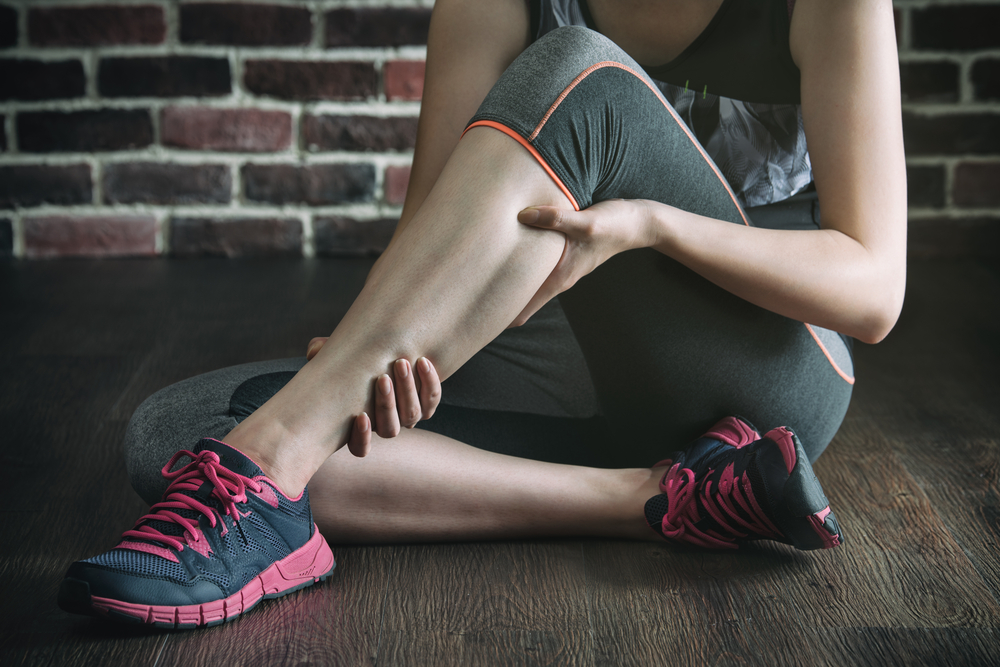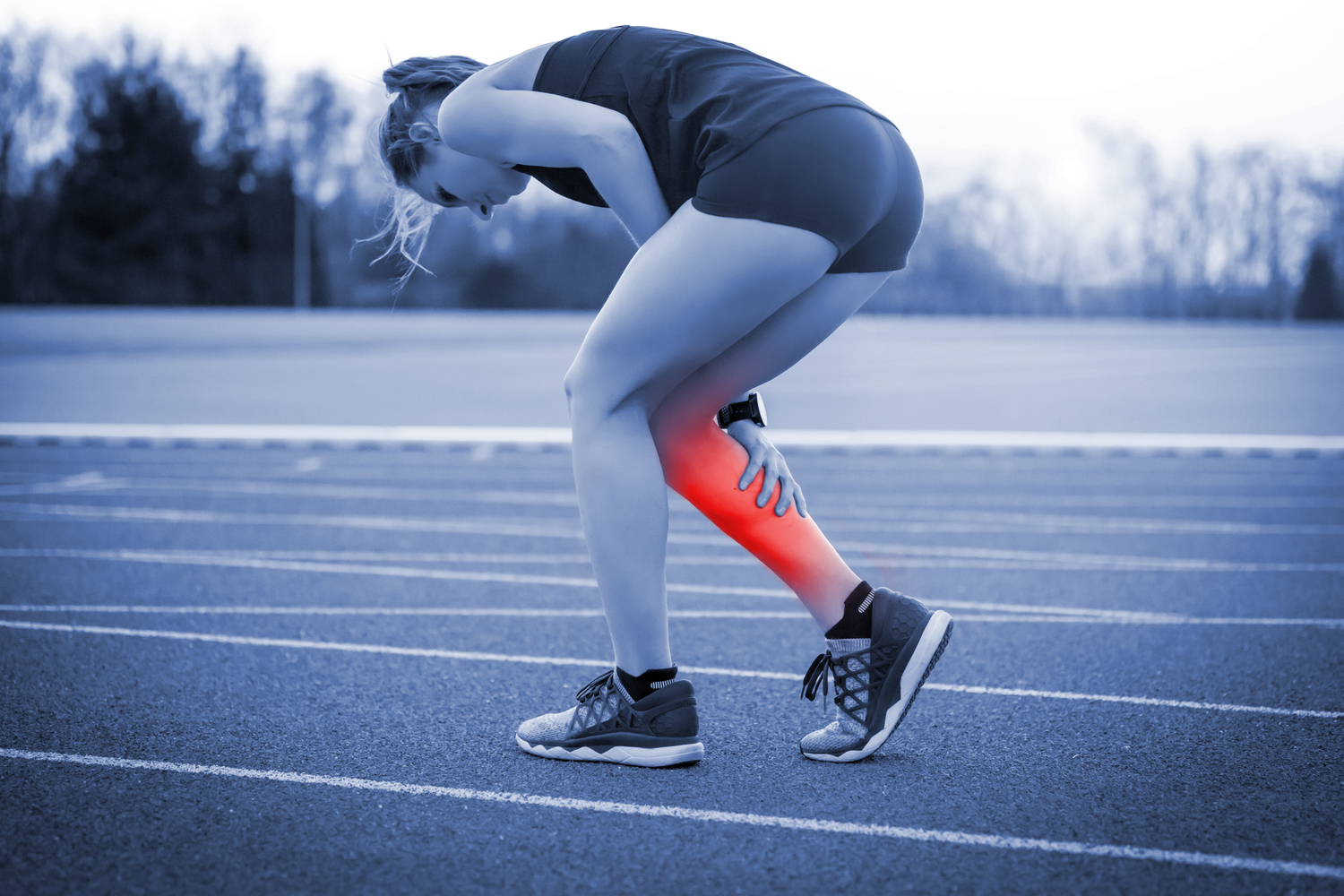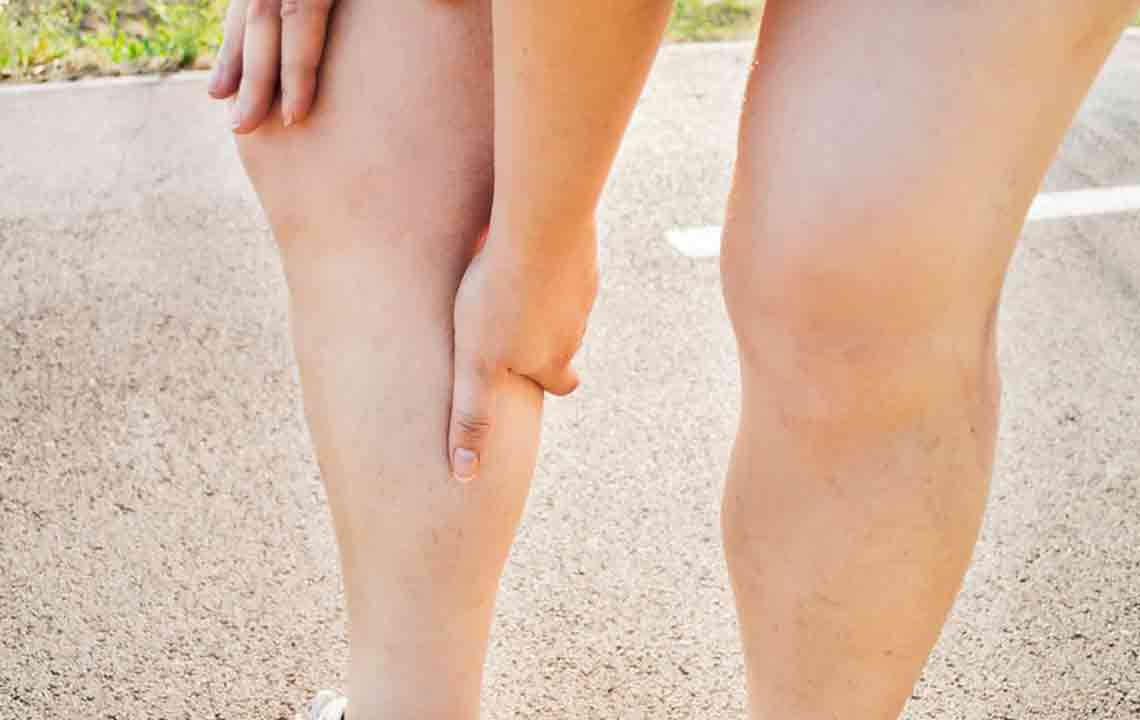Comprehensive Guide to Understanding and Effectively Managing Leg Cramps
This comprehensive guide elaborates on the causes, risk factors, and effective management strategies for leg cramps. From lifestyle modifications to medicinal and natural remedies, it provides practical tips for relief and prevention. Emphasizing the importance of hydration, nutrition, gentle stretching, heat therapy, and topical treatments, this article aims to help individuals minimize the discomfort of leg cramps and improve their muscle health through informed choices and routines.

Comprehensive Guide to Understanding and Effectively Managing Leg Cramps
What Are Leg Cramps?
Leg cramps are sudden, involuntary contractions of muscles in the legs, often causing intense pain and discomfort. These spasms can occur unexpectedly, typically affecting the calf, thigh, or foot muscles. The affected muscle feels hard, tense, and palpable due to involuntary tightening. While often benign and not linked to severe health issues, these cramps can significantly impact daily activities and quality of life. Understanding what causes leg cramps is essential for effective management and relief.
Most episodes of leg cramps are benign, meaning they are not associated with serious underlying medical conditions. However, certain populations are more susceptible to experiencing these painful spasms, especially older adults, typically those over 65 years of age. Contributing factors include lifestyle habits, underlying health conditions, and nutritional deficiencies. Recognizing these risk factors can aid in prevention and effective treatment strategies.
Common Causes and Risk Factors of Leg Cramps
Muscle fatigue and overuse: Intense or prolonged physical activity can tire muscles, increasing the likelihood of spasms.
Dehydration: Insufficient fluid intake disrupts electrolyte balance, vital for muscle function.
Electrolyte imbalances: Deficiencies in potassium, magnesium, calcium, and sodium impair muscle contraction and relaxation.
Prolonged inactivity or immobility: Sitting or lying in one position for long periods can predispose muscles to cramps.
Medical conditions: Diabetes, hypothyroidism, or peripheral artery disease can increase cramp risk.
Medications: Certain drugs, such as diuretics or statins, may cause electrolyte disturbances leading to cramps.
Older adults are particularly vulnerable to leg cramps owing to age-related changes in muscle mass, nerve function, and circulation. Lifestyle factors such as alcohol consumption, smoking, and chronic illnesses like diabetes can further increase susceptibility. Addressing these factors is crucial for preventing and managing cramps effectively.
Pharmacological Interventions: Muscle Relaxants and Other Medications
Short-term muscle relaxants: Medications such as cyclobenzaprine, orphenadrine, and baclofen can temporarily alleviate muscle spasms caused by injury or acute conditions. These drugs work by reducing muscle tone and promoting relaxation, but they should be used under medical supervision due to potential side effects.
Injectable treatments: Botulinum toxin (Botox) injections can be highly effective for localized dystonic muscle spasms. The effects typically last several months, with repeat injections administered as needed to maintain relief.
Treating underlying causes: For chronic or recurrent cramps, managing contributing factors like electrolyte imbalances, controlling medical conditions, and adjusting medications are essential components of treatment.
While medication may provide short-term relief, the primary focus should remain on addressing root causes to prevent future episodes.
Exercise Regimen and Stretching Techniques
Gentle stretching: Regular stretching of the calf, thigh, and foot muscles can significantly reduce the frequency and severity of cramps. Stretch slowly to avoid muscle strain.
During cramps: Cease activity immediately, gently stretch the affected muscle, and hold the stretch for 20-30 seconds. This can help relax the muscle fibers and alleviate pain.
Specific maneuvers: During night cramps, standing and applying gentle pressure on the muscle while stretching it or pulling the toes toward the shin can provide relief. Sitting with legs extended and pulling the foot upward or flexing it also helps in relieving cramps.
Improve flexibility: Incorporating regular stretching exercises into your routine enhances muscle elasticity and reduces cramp incidence.
Preventative stretching before and after exercise, especially for activities involving prolonged standing or heavy exertion, can be beneficial in minimizing cramps.
Heat Therapy for Muscle Relaxation
Use of heat pads: Applying a heating pad or warm compress to the cramped muscle for 15-20 minutes increases blood flow, promoting muscle relaxation and pain relief.
Repeated application: Reapply warmth as needed, particularly after stretching or massaging the area.
Contrast therapy: Alternating between warm and cold packs can help reduce inflammation, swelling, and soreness associated with cramps.
Additional home remedies: Soaking in Epsom salts or applying warm compresses can also facilitate muscle recovery and soothe tension.
Heat therapy is a safe, effective method to relax tight muscles and prevent recurrence when used properly.
Ensuring Adequate Nutrition: The Role of Calcium and Electrolytes
Calcium: Essential for proper muscle contraction and nerve transmission. Low calcium levels can impair muscle function, leading to cramps.
Sources of calcium: Include dairy products such as cheese and yogurt, leafy green vegetables like kale and spinach, almonds, and fish such as sardines and salmon.
Electrolytes: Maintaining balanced levels of potassium, magnesium, and sodium is vital for muscle health. Dietary sources include bananas, nuts, seeds, whole grains, and lean meats.
Nutritional supplements: In some cases, supplements may be recommended to correct deficiencies, but always consult a healthcare professional before use.
Incorporating nutrient-rich foods into your diet aids in preventing cramps and supports overall muscle health.
Topical Remedies: The Use of Wintergreen Oil
Muscle relaxation: Topical application of wintergreen oil may help ease muscle tightness and reduce pain during cramps. Its active components, such as methyl salicylate, have analgesic properties.
Application guidelines: Use sparingly and dilute appropriately before applying to the skin. A small amount massaged onto the affected area can provide quick relief.
Safety precautions: Due to its potency, avoid applying wintergreen oil to broken skin or sensitive areas. Test for skin sensitivity beforehand.
Complementary use: Combine with gentle massage and stretching for enhanced effectiveness.
While not a cure, topical wintergreen oil can be a useful adjunct for fast-acting relief from muscle cramps.





